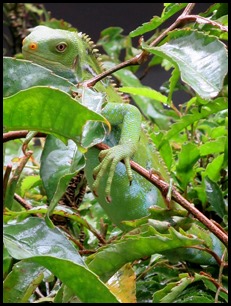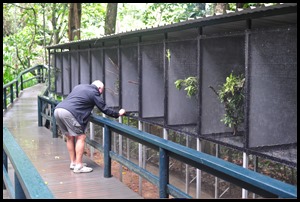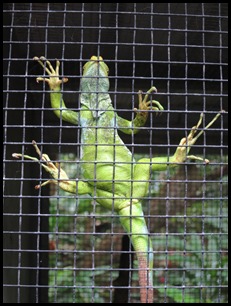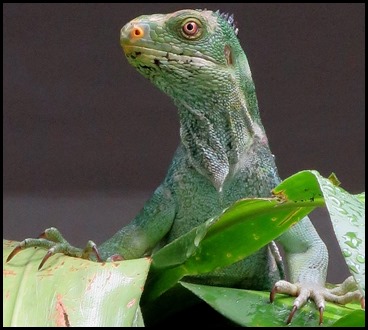Eco Park

|
Kula Eco Park
  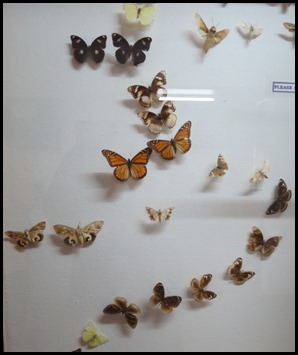 We had popped in yesterday to book a guide
and while we waited for our ten o’clock start we looked at bugs and butterflies.
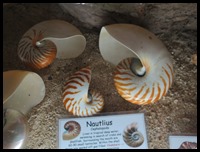 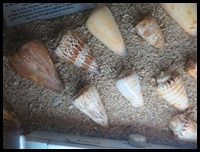 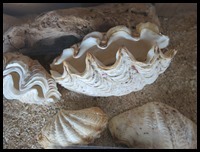 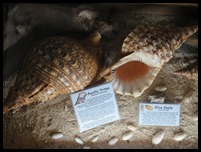 An
extensive shell collection – my favourite was
the hairy triton......
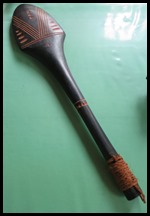  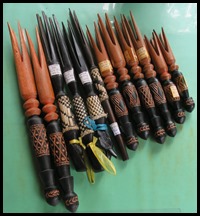 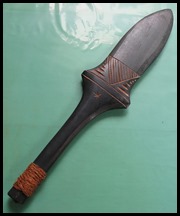 The
usual tools we have come to know and love – stomach opener, club, brain
picker and culacula.
 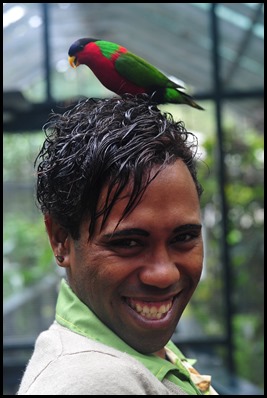  Miti, our fun, interesting and knowledgeable guide, seen
here introducing us to the collared
lorikeet.
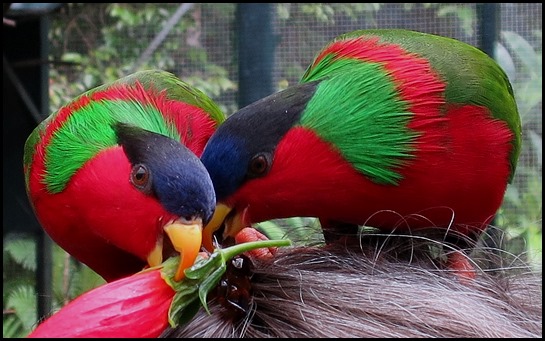 We were very taken with
these colourful little chaps.
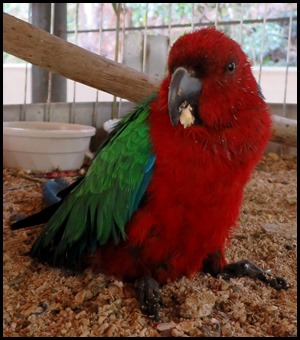 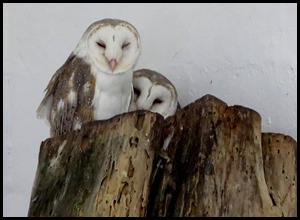 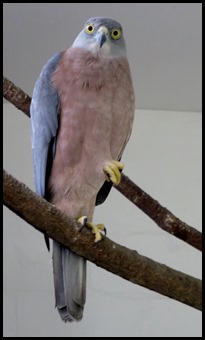 We met the injured, orphaned and
rescued.
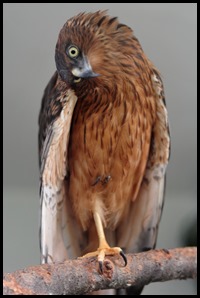 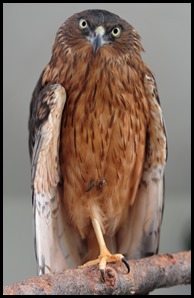 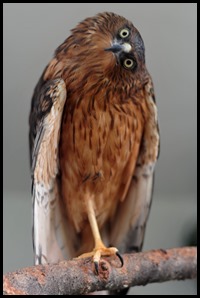 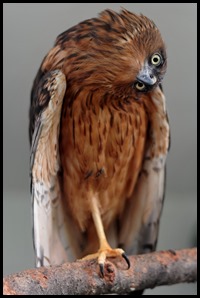 Comically eyed-up by a
harrier or is that measured
up.
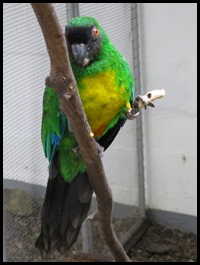 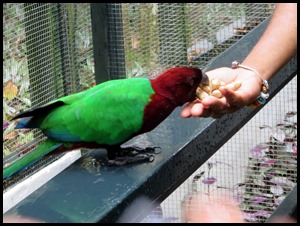  Watched a cool
chap, saw three monkey nuts scooped up while
still using a beak tip to climb and was reminded just how
big a fruit bat was up close.
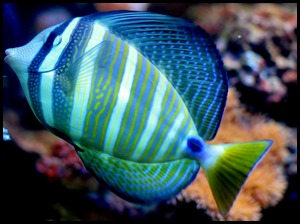 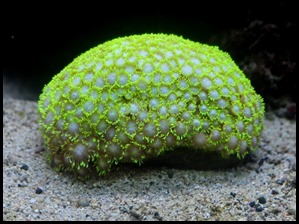 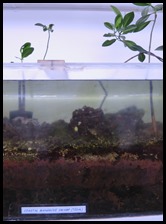 The aquarium held many
different species of fish and coral all healthy, the real surprise was ‘out the back’ – a
miniature tidal mangrove swamp provides much of the
filtration system backed up by regular grit, carbon and wool.
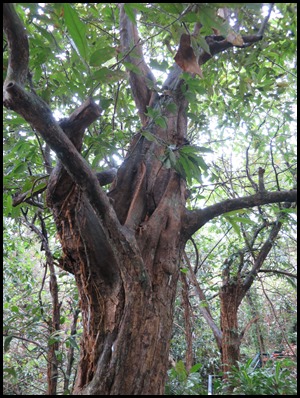  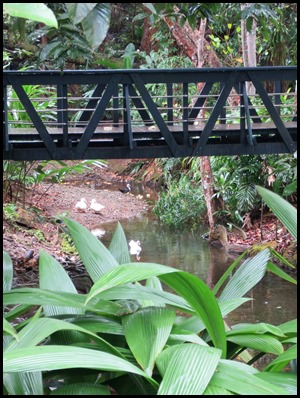 Miti pointed out various
trees and flowers as we
followed well-maintained walkways.
  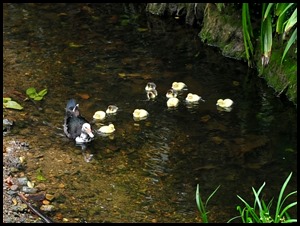 We heard a bird that barked, met a
national frog and watched a mum with her hands full.
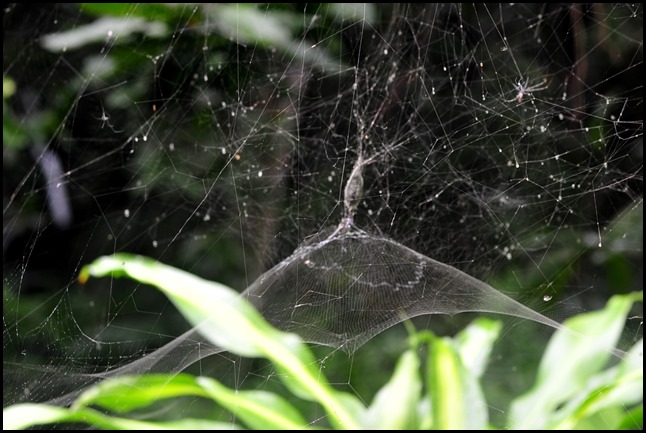 A magnificent spiders web.
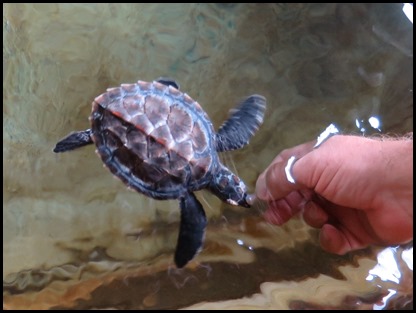 We had the chance to feed baby hawksbill
turtles.............
 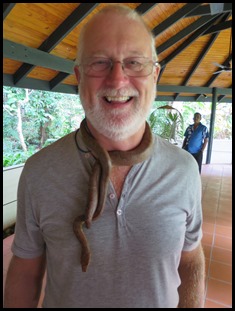  ...................... and
get up close and personal with some of the chaps.
I was a very brave boy holding that
slitherer. Wendy the boa was a poppet. My
kneecaps are still fidgety. She was just heavy,
muscular and cold to the touch. She flexed and tightened
the second she got round my neck. She was just getting comfortable
and giving you a bear hug. Uggggghhhhhhh.
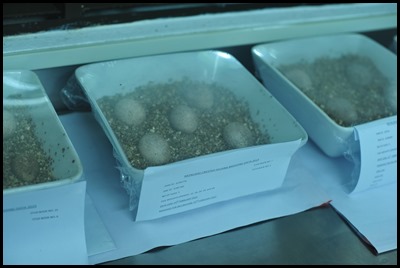 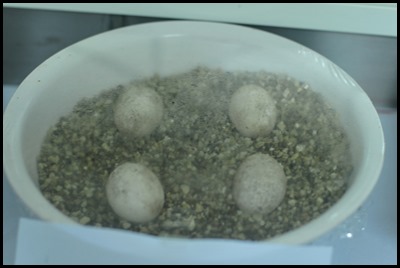 The park offers groups of schoolchildren
free educational visits supported by donations from the public. The hope is the
next generation will respect and protect their unique creatures but the most
important work done here is the breeding of the Fijian Crested Iguana. We
followed Miti into the laboratory and met this seasons
hopefuls. We were fascinated to learn that the soft shells of the eggs
grow with the developing baby.
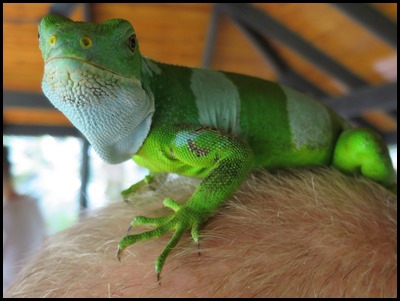 Potted History:
In 2004 the IUCN Iguana Specialist Group held its annual meeting in Fiji specifically to produce a Species Recovery Plan for the critically endangered Fijian Crested Iguana (Brachylophus vitiensis). This spectacular species is only secure on the National Trust of Fiji Islands (NTF) tiny Iguana Sanctuary island of Yadua Taba On all other islands in Fiji it is extremely rare or already extinct. The island of Monuriki was identified as a rapidly declining iguana population, but with the best chance for the iguanas’ long term survival. Years of goat grazing had taken its toll.
An eighteen enclosure quarantined breeding facility was designed and built at Kula Eco Park as well as a laboratory for breeding related activities. Twenty Crested Iguanas from Monuriki Island were captured by staff of the NTF and the Monuriki landowners, and were delivered to Kula Eco Park in 2009 - 2010. Through financial help from the Dutch Iguana Foundation, the Durrell Conservation Academy and San Diego Zoo, things have gone from strength to strength. News update on Bear’s birthday 2015: Today the very first reintroduction of Monuriki Crested Iguanas will be carried out on Monuriki Island. The team conducting the release is made up of local and international members physically present on Monuriki plus numerous international experts providing long distance technical and logistical support. 32 of the captive bred iguanas are being released into the regenerating coastal forest of Monuriki. The traditional land owners are facilitating the release which will be conducted after a formal ceremony at Yanuya. The 32 iguanas have been fitted with microchips to enable identification for weight/size monitoring. Radio telemetry transmitters are also in use to track the iguanas as they settle into their newly restored natural habitat. We wish them all well. I wonder if they have a spare microchip………… Grrrrrr.
A very unusual feature of these chaps is their yellow nose holes. They attract insects.......
ALL IN ALL AN EXCELLENT PLACE TO VISIT A REALLY INTERESTING TOUR |
